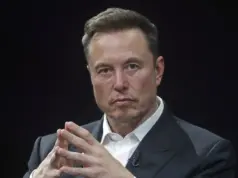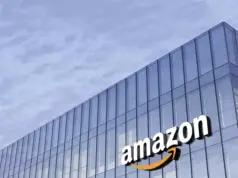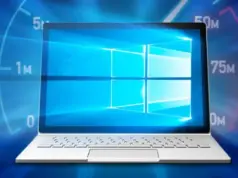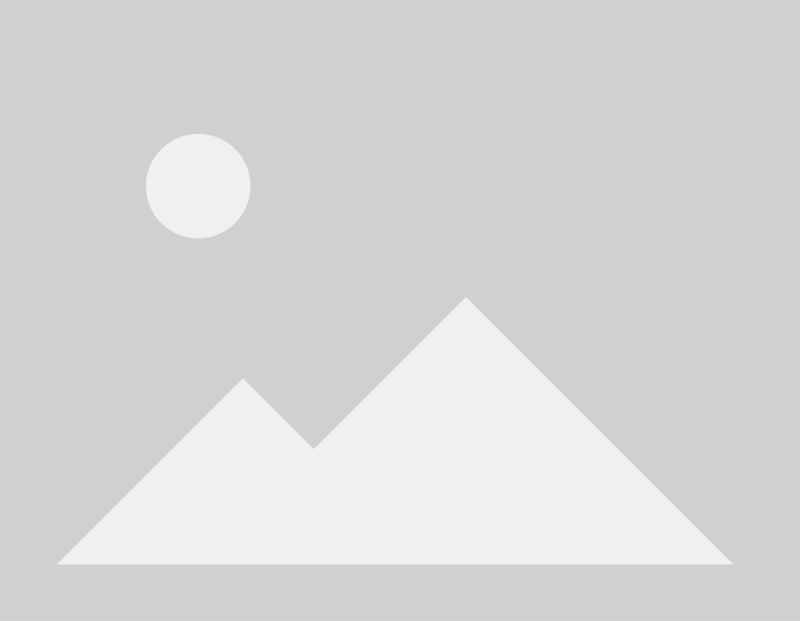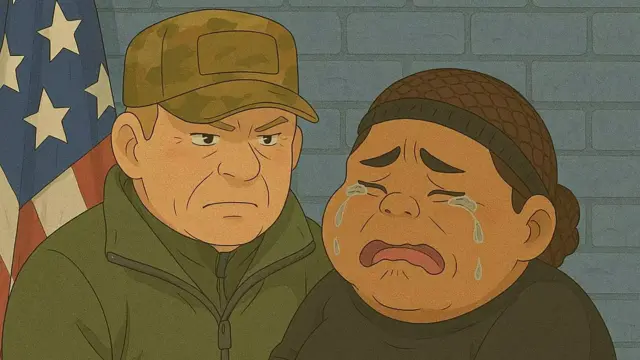
Just when you thought the buzz around ChatGPT had quieted down, something extraordinary happened. Over the past few weeks, the internet has been awash with breathtakingly beautiful images, many reminiscent of the enchanting worlds of Studio Ghibli. And guess what? The engine behind this artistic explosion is none other than ChatGPT. Sources confirm that OpenAI’s latest rollout, featuring advanced image generation capabilities now accessible to all users, has propelled the platform to a new record-breaking month in terms of user engagement and sheer viral sensation.
From Text to Timeless Art: The Ghibli Mania
For those unfamiliar, Studio Ghibli is a renowned Japanese animation film studio, celebrated for its visually stunning and emotionally resonant films like “Spirited Away,” “My Neighbor Totoro,” and “Howl’s Moving Castle.” Their distinct artistic style, characterized by whimsical characters, lush environments, and a touch of magic, has captivated audiences worldwide for decades.
Now, imagine being able to transform your everyday thoughts, ideas, or even simple prompts into images that echo this beloved aesthetic. That’s precisely what ChatGPT’s new feature allows. Users are simply typing in descriptions – a cozy cat cafe in a hidden forest, a robot tending a field of glowing flowers, or even a self-portrait in the style of a Ghibli character – and the AI conjures up stunning visuals that often leave viewers in awe.
“The response has been absolutely phenomenal,” says a representative from OpenAI, speaking on condition of anonymity. “We knew image generation was a highly anticipated feature, but the sheer volume of creations, particularly those inspired by Studio Ghibli, has exceeded our wildest expectations. Our servers have been working overtime to keep up with the demand.”
Free Access Fuels the Fire
Previously, this powerful image generation was primarily available to paid subscribers of ChatGPT Plus, Pro, and Team plans. However, in a move that appears to have significantly contributed to the recent surge, OpenAI announced on April 1st, 2025, that the feature is now accessible to all free users. This democratization of AI art creation has undoubtedly opened the floodgates, allowing millions more to experiment with the technology and share their creations online.
OpenAI CEO Sam Altman himself took to social media platform X to express his astonishment. In a now-viral post, he wrote, “The ChatGPT launch 26 months ago was one of the craziest viral moments I’d ever seen, and we added one million users in five days. We added one million users in the last hour.” He also humorously pleaded with users to “please chill on generating images,” admitting that the immense demand was putting a strain on the company’s resources.
More Than Just Pretty Pictures: Real-World Applications Emerge
While the Studio Ghibli trend has undoubtedly captured the public’s imagination, the implications of this advanced image generation extend far beyond creating beautiful artwork. Individuals are using it for a variety of creative and practical purposes:
- Visualizing Ideas: Writers are using it to bring their characters and settings to life, providing a visual aid for their creative process.
- Personalized Content: Users are generating custom illustrations for social media profiles, presentations, and even personalized gifts.
- Educational Tools: Teachers are exploring its potential to create engaging visual aids for lessons and projects.
- Accessibility: For individuals who struggle to express their ideas through text alone, image generation offers a powerful new form of communication.
Sarah Chen, a freelance writer, shared her experience: “I’ve always had vivid images in my head when I write, but I lack the artistic skills to put them on paper. ChatGPT’s new feature is a game-changer for me. I can now generate visuals that perfectly capture the essence of my stories, helping me to refine my ideas and even share them with potential clients.”
Navigating the Ethical Landscape
With the increased accessibility and power of AI image generation, ethical considerations are also coming to the forefront. Concerns around copyright infringement, the potential for misuse in creating deepfakes, and the impact on human artists are being actively discussed within the tech community and beyond. OpenAI has stated that they are actively working on safeguards to address these issues, including implementing watermarks and content moderation policies.
What Does This Mean for the Future?
ChatGPT’s recent record-breaking month, fueled by the magic of Studio Ghibli-inspired images and the broader appeal of accessible AI art generation, highlights the rapidly evolving relationship between humans and artificial intelligence. It demonstrates the power of intuitive tools to unlock creativity and the potential for AI to become an integral part of our daily lives, not just as a source of information, but also as a medium for artistic expression.
As the technology continues to advance, we can only anticipate even more innovative and imaginative applications of AI in the years to come. For now, however, the whimsical charm of Ghibli-esque creations has undoubtedly captured our hearts and minds, proving that sometimes, the most powerful innovations are the ones that tap into our deepest sense of wonder and beauty.


